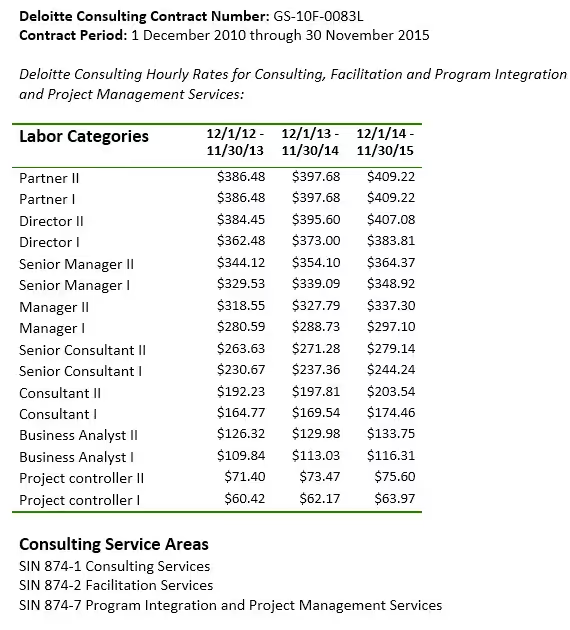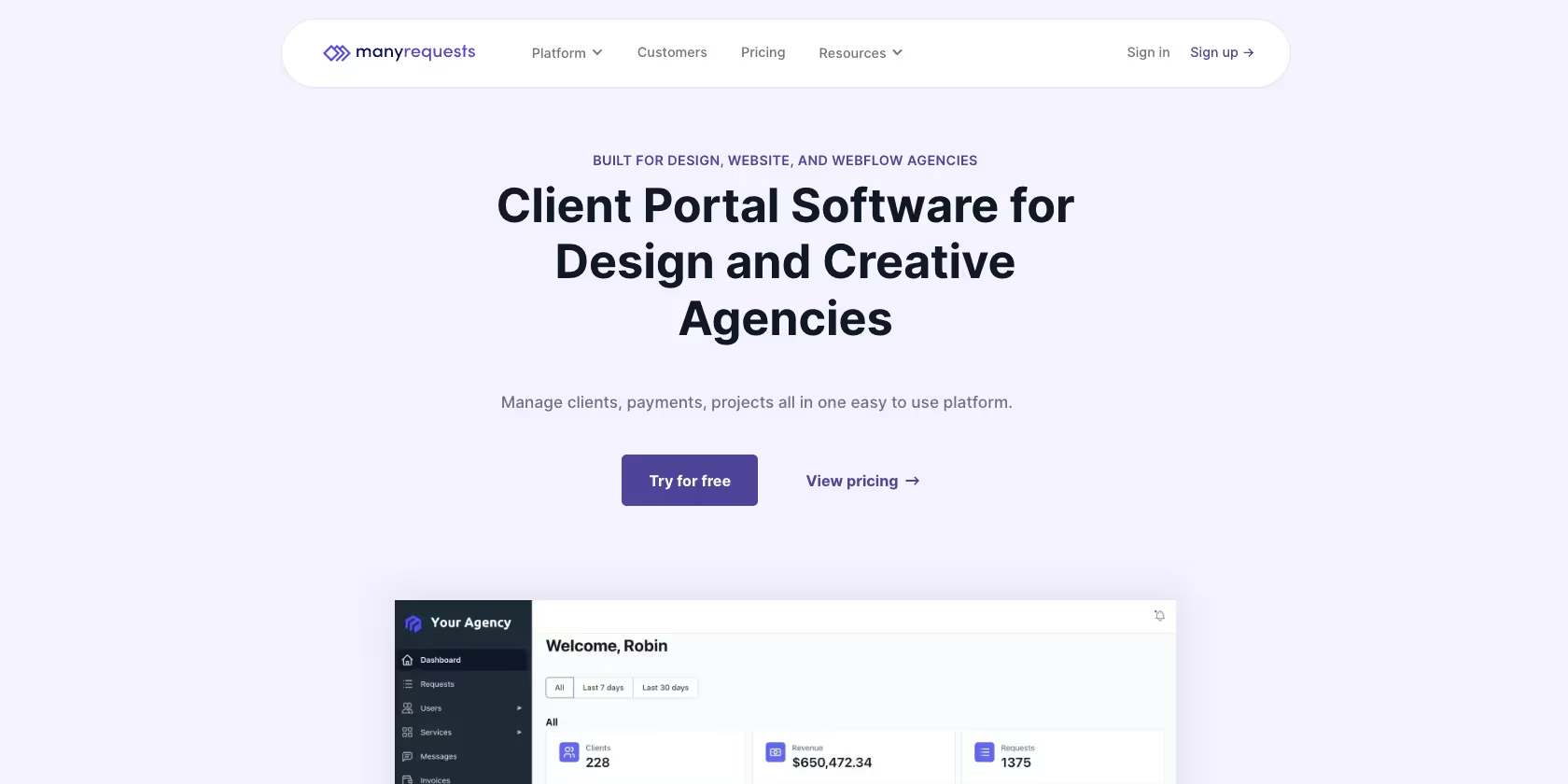The 10 Agency Pricing Models To Consider in 2026
Choosing the right pricing model for your agency is a daunting task. To make the right decision, we've listed the 10 you should consider and how to do it.




Pricing agency services is complex.
It’s always a compromise between revenue potential, profit margins, sales cycle length, and other factors that are sometimes mind-numbing to go through.
But here’s an important rule to remember with your agency pricing model:
» You don’t have to get it right the 1st time around
It would be amazing if that’s the case, that’s the dream of course.
But more often than not, pricing evolves together with the internal mechanics of your agency:
All of these factors (and more) play a role.
I’ll take you through 10 examples, with all the financials involved.
An agency’s unique value mostly revolves around knowledge that, when put together in a process, delivers a high-quality outcome. Successful agencies focus on quality, not quantity.
Here are 5 pricing models that are the perfect fit for this mentality:
The most common model across all agency services are custom prices based on the project.
Some think this is an outdated model, but it still works just fine.
Yes, it takes longer to convince customers than some other models like productized services (model #4), but it can also result in big projects with clear timelines and significant profit margins.
For a project-based pricing model, your agency needs to consider:
The last one in particular is a bit hard to define sometimes.
But it’s just as crucial as more tangible concepts like budgets and roles.
» The success of your agency’s pricing model is based on customer alignment.
If a customer wants an animation-rich website on Webflow but you try to convince them that a more traditional, static website on WordPress is a better fit—you have an alignment problem.
If you can't or don't know how to work with specific technologies or offer certain capabilities, sometimes it's better not to take on the project at all. A bad delivery means a bad reputation.
You can’t afford that as an agency—reputation is the major selling point.
If you’ve decided that project-based pricing is the right choice for your agency instead, the biggest thing to pay attention to is your payments model, e.g. how you plan to invoice customers.
Of course team structure and cost is a major factor, but that requires an entire conversation on its own.

Instead, focus on 3 fundamental aspects of closing profitable customer relationships:
Most agencies leave money on the table by pricing so low that it’s almost impossible to say no. Why? Because prospects see so much value in such a price that they convert to customers almost immediately. This is the first thing you need to address.
If prospects make no resistance to your prices, you’re not pricing right. There needs to be some resistance during negotiation; it’s a two-way relationship after all, not a one-sided approach that leaves the customer happy but your agency drained of resources.
Every custom project has its own payment structure, but ideally you’d want to standardize this as much as possible. For example, many successful agencies quote a yearly contract value to customers but invoice them on a monthly basis to ensure consistent cash flow.
This is a winning strategy, it locks the customer in, making them more committed to your services (which is a good thing—we’re too used to signing up and quitting 2 months later in 2024) and it ensures that precious financial resources are available to your company every month.
You don’t have to be the biggest player in the market to be seen as trustworthy or reputable. I repeat, you don’t have to be the biggest player. Sometimes we have a bias that “we can’t price that high because we’re just starting out” but that’s not entirely true.
Large-scale reputation does play a role in the ability to price higher, but you can use many more levers to price high anyway: your team member’s backgrounds, a compelling brand message, 2-3 high quality case studies, reviews and testimonials. Don’t discount your services.
Overall, project-based pricing is still one of the best models for agencies around the world; it works, it usually leads to more contracts in the future (if done well), and it’s one of the most profitable.
Sharing revenue in agency project is a big topic that deserves its own series, but I’m placing it number #2 for a specific reason—agencies like yours are often strategic investments for customers.
They usually engage you to:
These are all endeavors that require a deep understanding of a customer’s product, culture, and overall structure. It’s more than just: “Create a website.” It’s more like: “Help me sell this product at scale.”
To me (and hopefully to you), that deserves a serious investment.
Not an immediate one, but rather a long-term partnership.
Let me get this straight, selling based on revenue share is very hard.
It’s basically impossible to do it with new customers unless they’re extremely aligned with the idea and truly need you to do most of the strategic work. However, it works well in specific scenarios:
For this model to work, it’s important to offer customers large-scale, strategic services that impact revenue directly. The revenue share is based then on the direct performance of the proposed strategy.
However, every revenue share contract needs a baseline payment from the customer; you can’t just work based on the future promise of possible returns. Your cash flow will suffer immensely from it.
Every revenue share contract will be different from the other, and they will usually take many months to form. So it’s not a cashflow-rich pricing strategy at all—you need to get that somewhere else at first.
But what it does is unlock an “asset acquisition” mentality more than an “hourly exchange” mentality for your agency. That’s a powerful switch in thinking, where 1 customer could be worth 20 traditional contracts, and could continue delivering returns for years without increasing team load.
This type of engagement is not for all agencies.
It’s a bigger risk than just delivering operational services.
And the customer (who is now a business partner) will have higher expectations than just you delivering work for them; they will put much of the project’s success in your hands.
If you operate in software development, marketing, or creative fields, consider this model.
It may just turn out to be the most profitable model you’ve ever implemented.
(P.s. You don’t have to ask for astronomical shares for this to work—5 - 10% can work just as well)
We’ve talked about retainer agreements in great depth in the past, and it's certainly one of the better ways to ensure recurring revenue for your agency. Retainers are work-for-hire agreements that stipulate a payment today for the promise of time allocated to your projects in the future.
A sort of team extension if you will, with monthly payments in advance. This is a very popular form of pricing in agencies because it enables good cash flow without sacrificing quality.
Pricing based on retainers is similar to productized services in nature (model #4); the only difference is that it's usually done on a custom basis rather than having fixed prices for every customer.
Basically, you set a monthly fee for the customer to retain your services (where the name comes from), i.e. to reserve a set amount of hours or a set amount of deliverables per month from your team.
The pricing math for this can be a bit tricky.
If you show hourly rates as line items, customers will end up nitpicking. On the other hand, if you offer too many deliverables per month, you'll end up overworking the team, making it unsustainable.
There's a fine balance with retainer agreements, and you can only discover it by trying one solution at first and then evolving it based on previous experience. Do this fast until you reach a satisfactory result.
Retainers ultimately come down to pure financials.
That's because they don't necessarily focus on overall value of a project (like model #1 for example) but rather on the deliverables and what is included in a monthly engagement.
This makes them an easy proposition to sell, but also a tricky model financially.
Often agencies will end up working way more than they expected.
So, before embarking in retainers, do the following:
Most importantly, don't give in to peer pressure or “the competitor prices lower” mentality. Yes, it’s much easier to sell at lower prices, but you don’t want to regret the choice months down the line.
A “productized service” is exactly like a retainer agreement, but with pricing publicly available on your website. It’s the modern equivalent of blended rate cards (see model #5).
What makes productized services different?
They’re usually powered by some form of technology.
Whether that be a client portal like ManyRequests, a Kanban board like Trello, or an operations platform like Airtable, there are many successful examples of using modern software to serve customers.
The most important thing to understand about productized services is that everyone will know about how much your services cost. You can’t hide it from competitors nor can you negotiate all that much.

So, you have to be happy with the margins that a few blended rates provide:
The limit with productizing services is truly your imagination.
And customers respond very well to this type of pricing because it’s more transparent than other forms and doesn’t require as much back-and-forth, which is always appreciated.
Don’t undersell.
The biggest issue with productized services all over is just underselling really valuable services just because you can deliver them faster through technology.
Your team doesn’t run on software.
They need proper compensation to deliver quality work.
I’ve been in the productized space long enough to tell you that, to make ends meet with a package-based service, you should start at a minimum of $4000 - $5000 per month.
You can always offer a bit of a discount from there, like maybe 15% off.
But you can’t start with $1000 / month and expect a customer to magically jump to $5000.
It’s not going to happen.
Again, the same thing as above applies:
» Don’t base your pricing decisions on competitors
This is one of the biggest risks with productized services—you look at a large organization that offshores all of their customer work at low monthly prices and you think: “That’s an easy sell!”
Yes, it is.
But it’s also an unprofitable engagement.
Unless you’re planning to build an agency of one (totally fair), offering low monthly fees with basically no contracts or commitments from customers isn’t going to help you build a business.
Rate cards on their own don’t really do much to help with a sale, but they usually support really large buying processes, especially if you’re working with enterprise customers.
A rate card is a strategic asset that allows you to present prices by seniority, service categories, and other criteria you select. In my opinion, they are only to be used for large, complex deals.

Why?
Because presenting a list of prices introduces doubt:
When the prospect starts reasoning this way, you’re down the rabbit hole.
Thankfully, enterprises reason differently from small buyers.
Where a small business would simply get confused and want to reduce the rate card to its lowest form possible for their needs, an enterprise would use it as a decision-making tool.
Note: You can use a-la-carte pricing for smaller customers, sort of like Fiverr or an e-commerce, but you need to pay attention that choice is limited enough to avoid them undervaluing your services.
We’ve previously discussed how to use rate cards as an agency.
Here’s a quick recap:
Rate cards not only facilitate smoother negotiations but also help in positioning the agency as a professional and transparent partner, something large companies appreciate.
A good rate card should provide clear and structured pricing while maintaining the flexibility needed for large-scale and complex projects. A few best practices to remember:
Keep your rate cards flexible to allow for negotiations and adjustments based on the specific requirements and budgets of your clients. Don't attach a rate to a specific team member for example.
Instead, write “$250/hr for tech lead”, or “$175/hr for Sr. Frontend Developer.” This leaves room for negotiation and shifting assignments to other team members based on agreed price.
The world of pricing models is always evolving, and there are many other options for agencies to try and potentially integrate into existing services. Here are 5 of the better alternatives:
Hourly consulting fees are straightforward and transparent, making them attractive for both clients and agencies. This model is ideal for services that require varied amounts of work from project to project, such as consulting, strategy sessions, or specialized technical assistance.
How to price based on hourly consulting fees:
Best practices for an hourly consulting model:
This model ties your agency's compensation to the success of the projects you undertake, aligning your agency’s incentives with the client's objectives. It's particularly effective in marketing and sales-driven projects where results are directly measurable through revenue generated.
How to price based on performance:
Best practices for performance-based pricing:
Reselling commissions involve your agency earning a commission for selling a third-party product or service (e.g. a CRM subscription like HubSpot’s). This model works well when you have established a strong sales channel or if your agency adds significant value to the sales process.
How to price based on reselling:
Best practices for reselling commissions:
Success fees are additional charges that agencies earn upon achieving specific outcomes for their clients. This model is common in industries like finance and real estate but can be adapted for agency use, particularly in project-based and performance-based engagements.
How to price using success fees:
Best practices for success fee-based models:
Digital products can be an excellent source of additional revenue for agencies. These might include software tools, educational courses, or premium content that complements your core services.
How to price add-on digital products:
Best practices for add-on digital products:
If you want to implement one of the pricing models above, ManyRequests is a great fit.
With its robust suite of tools, you can dynamically adjust pricing strategies based on project complexity, client needs, and resource allocation—managing everything from a single place.

Here's how ManyRequests can help you set up a pricing model:
Try it out for free with a 14-day trial, you can build your own pricing strategy in just 20 to 30 minutes and start billing customers the same day. No credit card required.